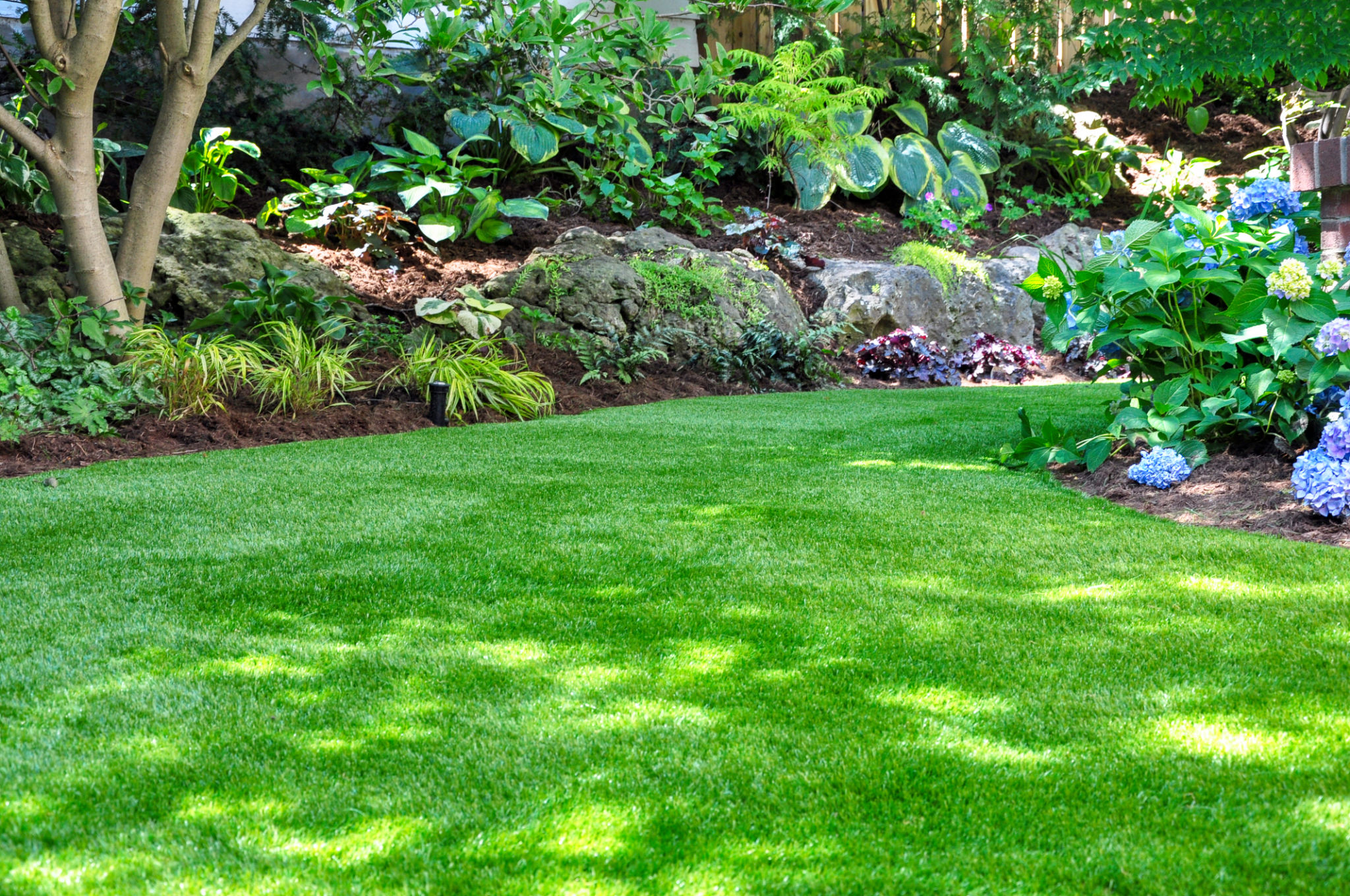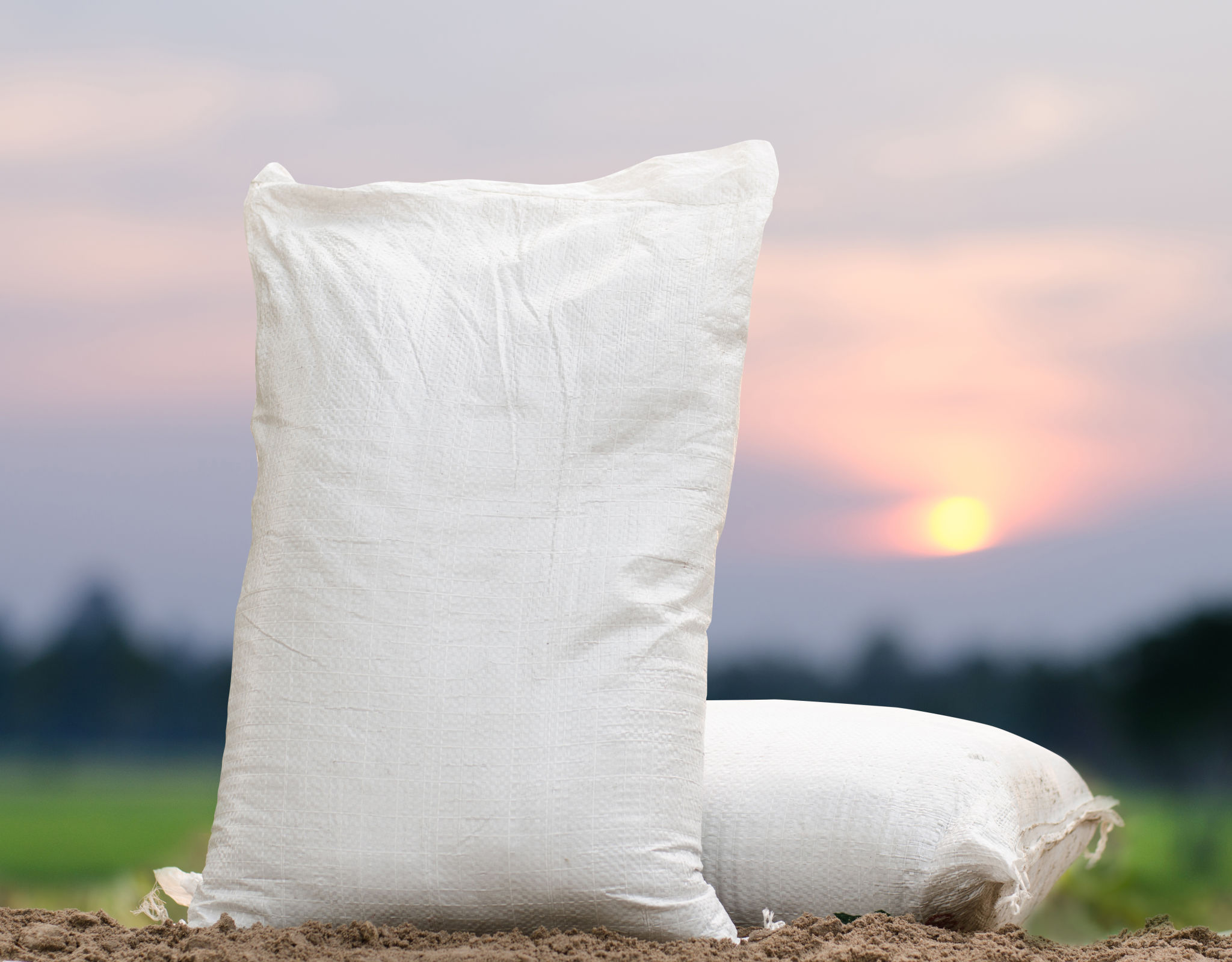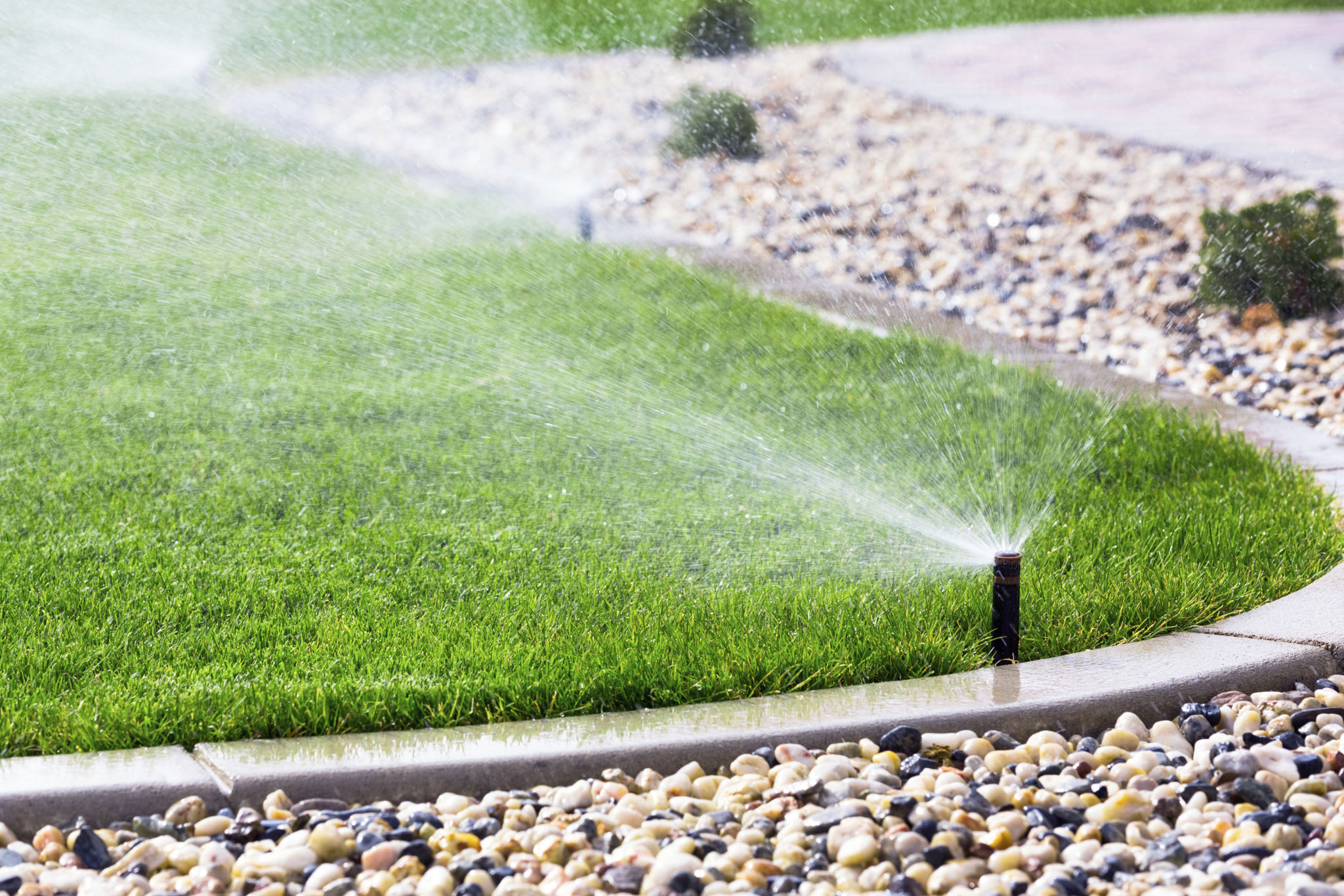Understanding Lawn Fertilization: Best Practices for Healthy Grass in Minnesota
Understanding the Importance of Lawn Fertilization
Maintaining a lush, green lawn in Minnesota requires an understanding of the specific needs of your grass. Fertilization is a crucial part of lawn care that provides essential nutrients required for healthy growth. Without proper fertilization, lawns may become thin, patchy, and more susceptible to diseases and weeds.
Fertilization promotes robust root development, which improves the grass's ability to absorb water and nutrients. It also enhances the lawn's color and thickness, resulting in a more aesthetically pleasing landscape. Understanding the best practices for lawn fertilization can make all the difference in achieving a healthy lawn.

Choosing the Right Fertilizer
Not all fertilizers are created equal, and selecting the right one is critical for your lawn's health. Fertilizers contain varying amounts of nitrogen, phosphorus, and potassium—often referred to as N-P-K ratios. For Minnesota lawns, a balanced fertilizer with a higher nitrogen content is generally recommended, as nitrogen is crucial for promoting green, leafy growth.
When selecting a fertilizer, consider whether you prefer organic or synthetic options. Organic fertilizers release nutrients more slowly and improve soil structure over time, while synthetic fertilizers provide a quick boost but may need more frequent applications.

Timing Your Fertilization
The timing of fertilizer application is vital to ensure your lawn gets the nutrients it needs when it needs them most. In Minnesota, the best times to fertilize are typically in early spring and fall. Spring fertilization helps the grass recover from winter dormancy and promotes growth, while fall fertilization prepares the lawn for winter and encourages root development.
It's important to avoid fertilizing during the hot summer months, as this can stress the grass and lead to burning. Instead, focus on watering deeply and maintaining proper mowing practices during this period.
- Early Spring: Apply a slow-release fertilizer after the last frost.
- Late Spring: Consider a second application for additional growth.
- Early Fall: Use a balanced fertilizer to strengthen roots.

Application Techniques
Proper application techniques are essential to ensure even distribution of fertilizer across your lawn. Uneven application can lead to patchy growth and nutrient imbalances. A broadcast spreader is commonly used for granulated fertilizers, while liquid fertilizers can be applied with a hose-end sprayer.
Always follow the manufacturer's instructions regarding application rates and methods. Over-application can harm your lawn and contribute to environmental issues such as nutrient runoff into local waterways.
Watering and Lawn Maintenance
Once you've applied fertilizer, it's crucial to water your lawn adequately. Watering helps dissolve the fertilizer granules and allows nutrients to reach the grass roots more effectively. Aim to water deeply but infrequently, encouraging deeper root growth and drought resistance.
Regular maintenance practices such as mowing at the correct height, aerating compacted soil, and controlling weeds will also support your lawn's health. Consistent care throughout the growing season ensures that your lawn remains vibrant and robust.

Environmental Considerations
When fertilizing your lawn, it's important to be mindful of environmental impacts. Consider using phosphorus-free fertilizers if soil tests show adequate levels of this nutrient, as excess phosphorus can contribute to water pollution in local lakes and streams.
Additionally, leaving grass clippings on the lawn after mowing can provide natural fertilization by returning organic matter and nutrients to the soil. This practice reduces waste and lessens the need for supplemental fertilization.
- Test soil before applying phosphorus-containing fertilizers.
- Consider natural alternatives like compost or grass clippings.
